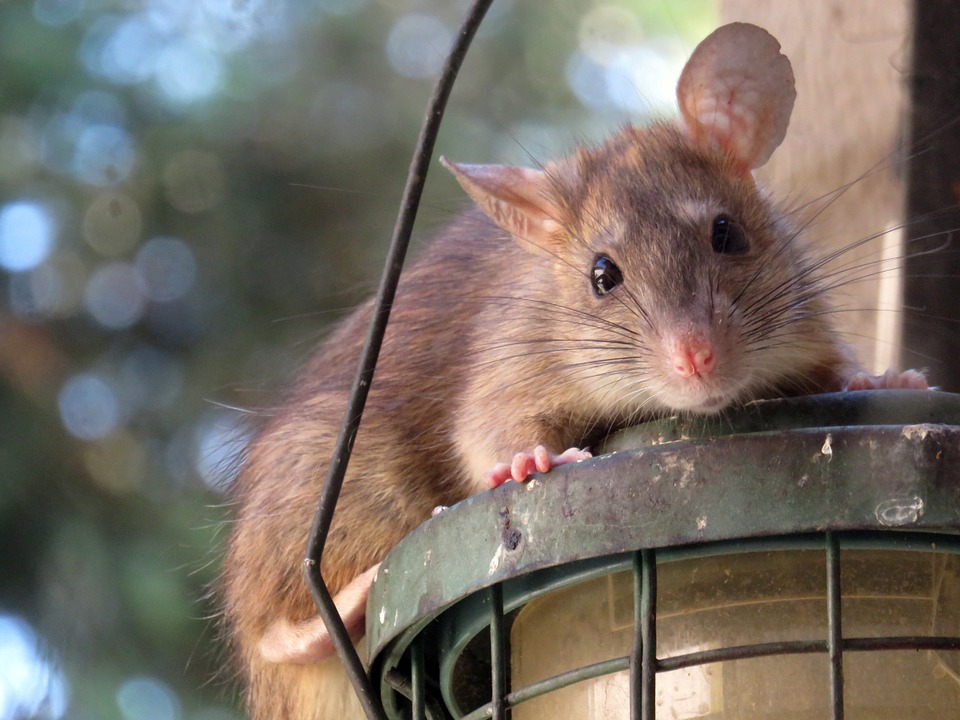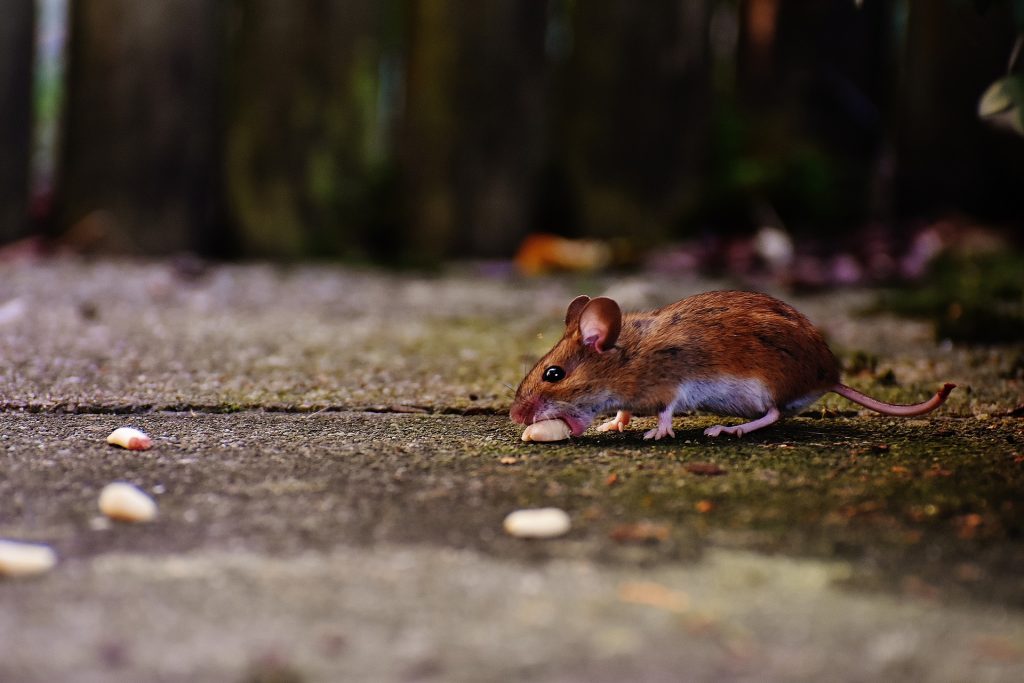Oh Rats: Close Off Any Crawl Spaces
If your home has small openings to the great outdoors, even cracks and crevices, insects and furry pests, like rats and mice — could be making their way inside.

Rodents: The Dirty Truth
Rats and mice are rodents that are very common in the Southeast. They tend to enter homes in search of food and shelter and will eat any kind of food that people eat. They can also contaminate 10 times as much food as they eat, with urine, droppings and hair. In addition, they are known carry at least 10 different kinds of diseases, including bubonic plague, murine typhus and bacterial food poisoning.
Rats & Mice Habits
Rats can squeeze through holes half an inch wide and mice can get through holes one quarter of an inch wide, taking up rodent residence in your attic, in the crawl space under your home, even where the dryer vents to the outside. Rodents are generally nocturnal animals, with peak activity occurring shortly after dusk and again prior to dawn. Inside occupied structures, they often become active within about 30-60 minutes following the subsiding of evening human activity.

Did you know house mice cannot see clearly beyond six inches and are color blind. However, their other senses are very keen.
Rodent-Proofing Tips:
When rodent-proofing your home, it’s important to keep in mind that rats can squeeze through holes ½ inch wide and mice can get through a hole ¼ inch wide.
- Rodent-proofing requires the use of rodent-resistant materials. These materials include sheet metal (26 gauge or heavier),perforated metal (24 gauge or heavier with openings no more than ¼ inch),hardware cloth (19 gauge or heavier with openings no more than ¼ inch) and brick with mortared joints.
- Seal openings around pipes with sheet metal or concrete.
- Be sure to block all possible rodent entry points. This includes the bottom of doors, pipe entry holes,ventilation pipes, roof vents and eave vents.
- Proper sanitation is a very important factor in rodent control. Be sure to clean up any trash or rubbish around your property which could support or harbor a rodent population. Keep garbage cans sealed and eliminate any areas of standing water. Do not leave open food items out including pet food.
- Regularly inspect your home and property for signs of an infestation. Common signs are rodent droppings, gnaw marks and damaged goods. Look for greasy rub marks caused by a roof rat’s oily fur.